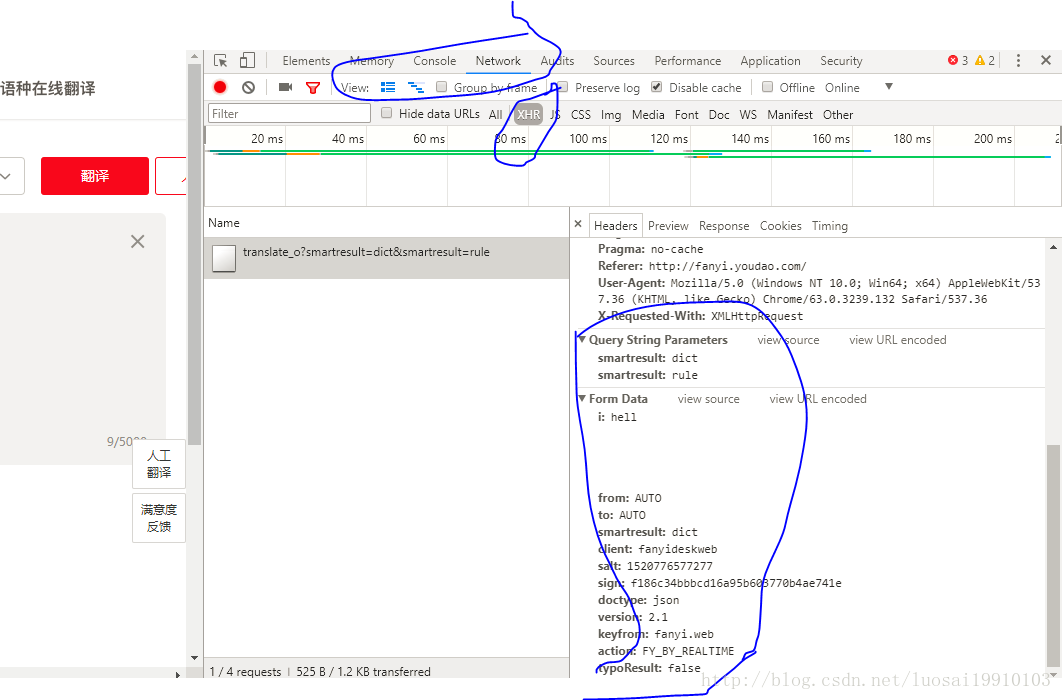python支持多线程的爬虫实例
python是支持多线程的, 主要是通过thread和threading这两个模块来实现的,本文主要给大家分享python实现多线程网页爬虫
一般来说,使用线程有两种模式, 一种是创建线程要执行的函数, 把这个函数传递进Thread对象里,让它来执行. 另一种是直接从Thread继承,创建一个新的class,把线程执行的代码放到这个新的class里。
实现多线程网页爬虫,采用了多线程和锁机制,实现了广度优先算法的网页爬虫。
先给大家简单介绍下我的实现思路:
对于一个网络爬虫,如果要按广度遍历的方式下载,它是这样的:
1.从给定的入口网址把第一个网页下载下来
2.从第一个网页中提取出所有新的网页地址,放入下载列表中
3.按下载列表中的地址,下载所有新的网页
4.从所有新的网页中找出没有下载过的网页地址,更新下载列表
5.重复3、4两步,直到更新后的下载列表为空表时停止
python代码如下:
#!/usr/bin/env python
#coding=utf-8
import threading
import urllib
import re
import time
g_mutex=threading.Condition()
g_pages=[] #从中解析所有url链接
g_queueURL=[] #等待爬取的url链接列表
g_existURL=[] #已经爬取过的url链接列表
g_failedURL=[] #下载失败的url链接列表
g_totalcount=0 #下载过的页面数
class Crawler:
def __init__(self,crawlername,url,threadnum):
self.crawlername=crawlername
self.url=url
self.threadnum=threadnum
self.threadpool=[]
self.logfile=file("log.txt",'w')
def craw(self):
global g_queueURL
g_queueURL.append(url)
depth=0
print self.crawlername+" 启动..."
while(len(g_queueURL)!=0):
depth+=1
print 'Searching depth ',depth,'...\n\n'
self.logfile.write("URL:"+g_queueURL[0]+"........")
self.downloadAll()
self.updateQueueURL()
content='\n>>>Depth '+str(depth)+':\n'
self.logfile.write(content)
i=0
while i<len(g_queueURL):
content=str(g_totalcount+i)+'->'+g_queueURL[i]+'\n'
self.logfile.write(content)
i+=1
def downloadAll(self):
global g_queueURL
global g_totalcount
i=0
while i<len(g_queueURL):
j=0
while j<self.threadnum and i+j < len(g_queueURL):
g_totalcount+=1
threadresult=self.download(g_queueURL[i+j],str(g_totalcount)+'.html',j)
if threadresult!=None:
print 'Thread started:',i+j,'--File number =',g_totalcount
j+=1
i+=j
for thread in self.threadpool:
thread.join(30)
threadpool=[]
g_queueURL=[]
def download(self,url,filename,tid):
crawthread=CrawlerThread(url,filename,tid)
self.threadpool.append(crawthread)
crawthread.start()
def updateQueueURL(self):
global g_queueURL
global g_existURL
newUrlList=[]
for content in g_pages:
newUrlList+=self.getUrl(content)
g_queueURL=list(set(newUrlList)-set(g_existURL))
def getUrl(self,content):
reg=r'"(http://.+?)"'
regob=re.compile(reg,re.DOTALL)
urllist=regob.findall(content)
return urllist
class CrawlerThread(threading.Thread):
def __init__(self,url,filename,tid):
threading.Thread.__init__(self)
self.url=url
self.filename=filename
self.tid=tid
def run(self):
global g_mutex
global g_failedURL
global g_queueURL
try:
page=urllib.urlopen(self.url)
html=page.read()
fout=file(self.filename,'w')
fout.write(html)
fout.close()
except Exception,e:
g_mutex.acquire()
g_existURL.append(self.url)
g_failedURL.append(self.url)
g_mutex.release()
print 'Failed downloading and saving',self.url
print e
return None
g_mutex.acquire()
g_pages.append(html)
g_existURL.append(self.url)
g_mutex.release()
if __name__=="__main__":
url=raw_input("请输入url入口:\n")
threadnum=int(raw_input("设置线程数:"))
crawlername="小小爬虫"
crawler=Crawler(crawlername,url,threadnum)
crawler.craw()
以上这篇python支持多线程的爬虫实例就是小编分享给大家的全部内容了,希望能给大家一个参考,也希望大家多多支持【听图阁-专注于Python设计】。
